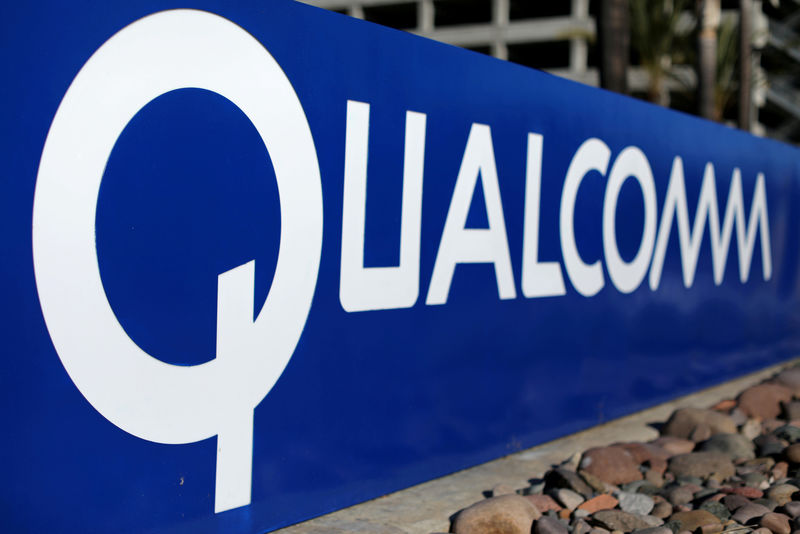On Friday, Bank of America raised its price target for Qualcomm (NASDAQ:QCOM) shares from $180 to $245, while maintaining a Buy rating.
The upward revision reflects Qualcomm's promising growth opportunities, particularly in artificial intelligence (AI), which could further propel the stock's performance, according to the bank. Year-to-date, Qualcomm's shares have surged by 45%, outpacing the Nasdaq's 12% gain.
Bank of America's new price objective is based on a 22 times multiple of the company's projected 2025 earnings per share (EPS), which the bank has set at $10.88.
The firm's optimism is fueled by several factors, including Qualcomm's ventures into computing and a recovery in China, as well as the potential of AI-equipped handsets to stimulate the market.
Analysts state that Qualcomm is strategically positioned to benefit from the transition in the PC market from x86 to ARM architectures, thanks in part to an exclusive partnership with Microsoft. This collaboration will utilize Qualcomm's Snapdragon ARM chip to power the next generation of AI-enabled PCs and tablets. The target market for these devices is approximately 60 million consumer laptops that retail for over $1,000, with expectations for market expansion in 2025.
Analysts project that Qualcomm could secure a 70% share of the AI-equipped PC market, translating to added revenue ranging from $286 million to $861 million across various scenarios for 2025. This market dominance could also contribute an additional 6 to 19 cents to the EPS in 2025, with a further increase of 13 to 27 cents per share in 2026.
The integration of AI technology into mobile phones is seen as another avenue for growth. As AI becomes more prevalent, BofA says smartphones may start incorporating dedicated AI semiconductors, potentially triggering a new cycle of handset upgrades.
Analysts believe this trend could represent a significant opportunity for Qualcomm, especially considering the fully saturated cellular market.
Lastly, Bofa believes Qualcomm stands to gain from the ongoing recovery of the Chinese market, particularly with supply challenges faced by competitor Huawei in the high-end segment.
